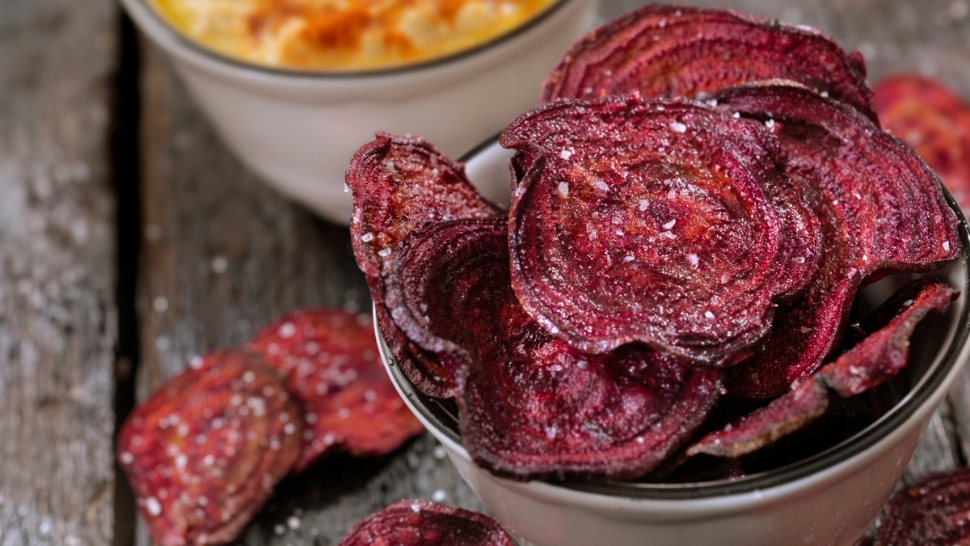
If you’re a snacker, you’re not alone! About 95% of adults snack daily. And while snacking helps bridge the gap between meals by providing an energy boost, far too often, our go-to fix is a quick bite from a vending machine, fast food, or convenience store. This is where snacking gets a bad rap. So, what’s a busy snacker to do?
A little planning will help you strike a balance that maximizes nutrition and convenience. Research shows that munching on a balanced snack — one with a mix of protein, complex carbohydrates (hello fiber), and healthy fats — is an excellent way to stabilize blood sugar and stave off hunger that would otherwise send you reaching for more processed foods high in sugar and salt, which will leave you feeling hungry soon after.
Planning means keeping your pantry, purse, or backpack well stocked which helps you avoid frantic snacking decisions when you’re hangry. Prepare and pack your snacks for a few days at a time so you can grab and go when you’re in a rush. However, life can sometimes be unpredictable, so be flexible. If you find yourself snacking on something that is a little less nutritious and wasn’t in the plans, just remember that it is okay and that eating should be a pleasurable experience. Here are some tips to keep in mind as you are planning your snacks.
Make it whole. Foods that are in their natural form or are lightly processed will keep you full for longer. Fruits, vegetables, nuts, seeds, whole grains, and eggs are great places to start, and you can build from there.
Choose a power combo of protein, fiber, and healthy fat. Aim for at least two of the three in any snack. That might mean pairing an apple (fiber) with nut butter (fat with a little protein) or hummus (protein and a little fat) with vegetables (fiber) or whole-grain crackers (also fiber). Other easy on-the-go options include nuts with dried fruit, a hard-boiled egg with some fruit or vegetables, or homemade energy bites.
When picking packaged, use the same principles. Let’s be real. Grabbing something in a package is the quickest and simplest option. However, be wary of any health claims and instead look at the ingredients. Choose items that are mostly whole food-based, such as dried chickpeas, beet or kale chips, or whole-grain crackers. Pair these with something that has protein or fat, like hummus or cheese. Energy or protein bars can also be a great option but look for ones with minimal or no added sugars.
Think beyond typical “snack” foods. Have a small amount of leftovers that aren’t enough for a meal? Why not make it a snack that requires zero preparation beyond putting it in a container? When you think beyond snack foods, you’re more likely to put something nutritious on your plate. Some of our favorite out-of-the box combinations include roasted sweet potatoes with nut butter, a three-bean-and-vegetable salad, avocado slices with salsa, or half a vegetable and hummus sandwich or wrap.
If you’re finding yourself reaching for more than one snack between meals, it may be that your regular meals need to be more filling. The key to healthy snacking is to listen to your hunger cues and choose nutrient-rich options that satisfy, are flexible, and can create a balanced and fulfilling snack routine. Remember, the goal is to find a sustainable and enjoyable approach to eating that supports your overall health.